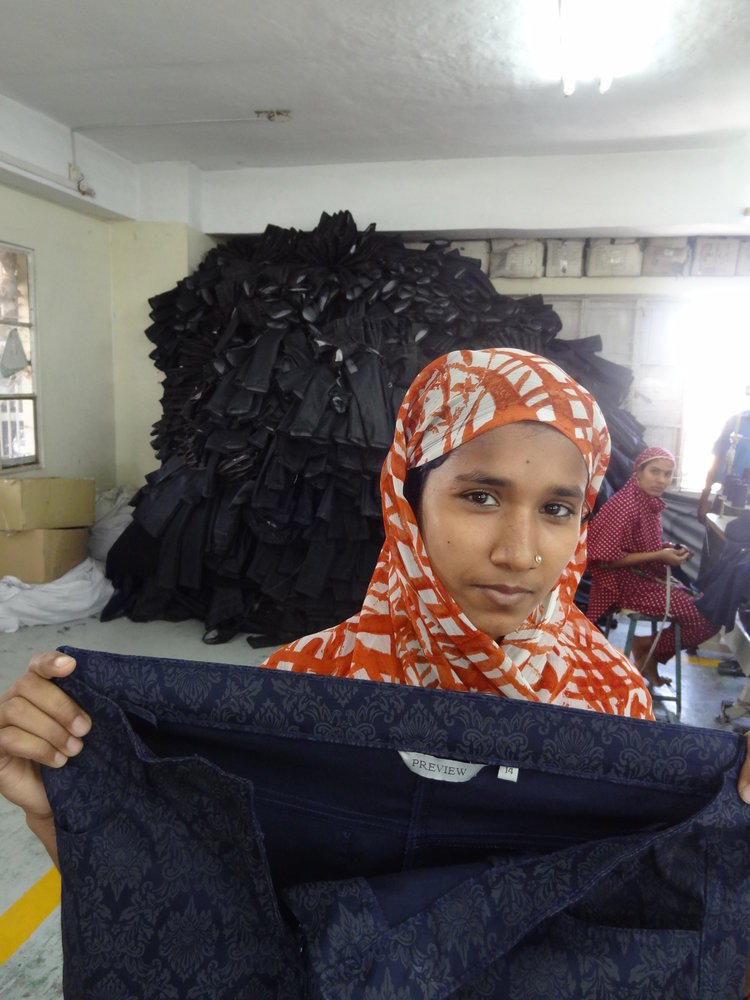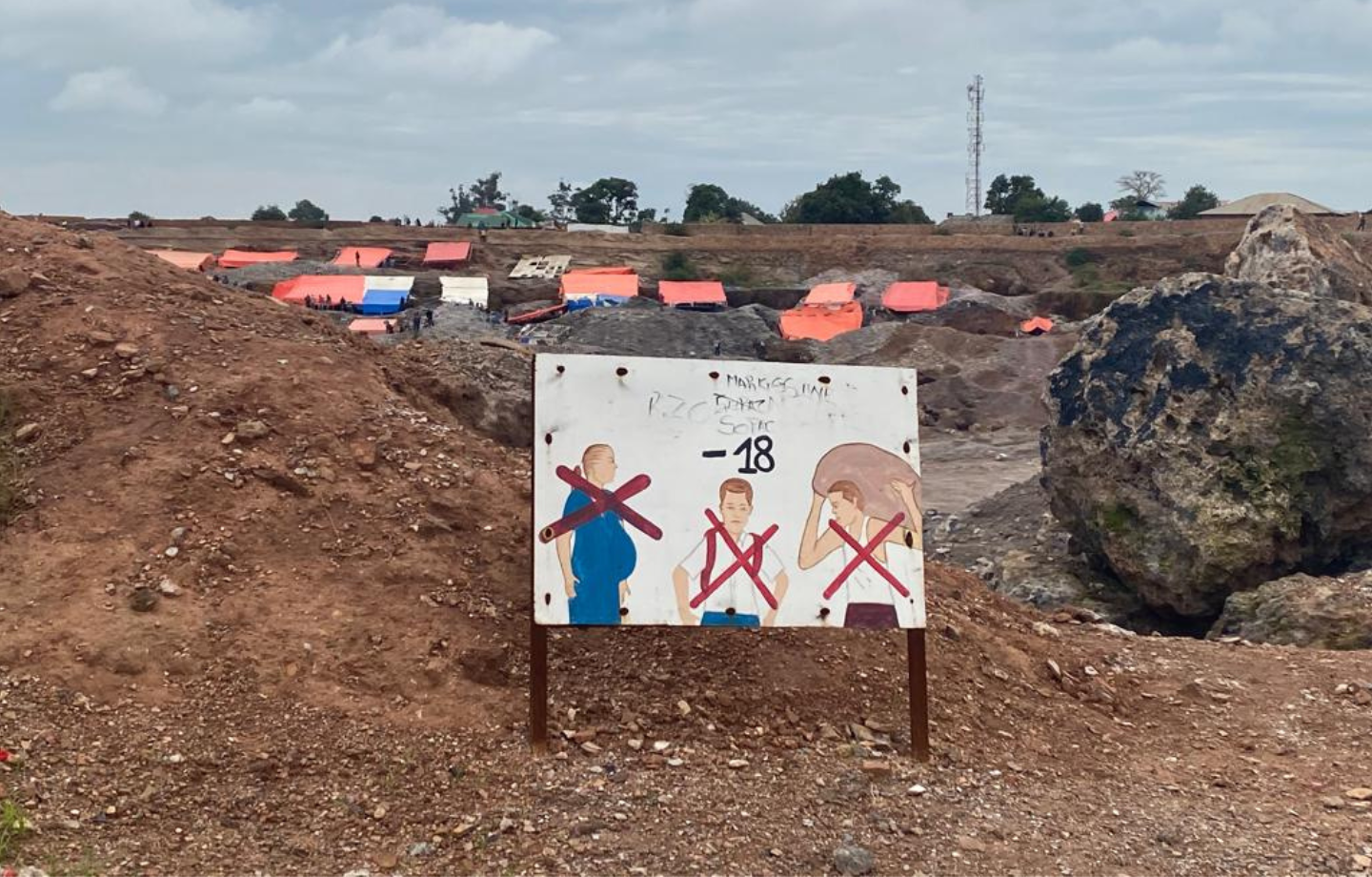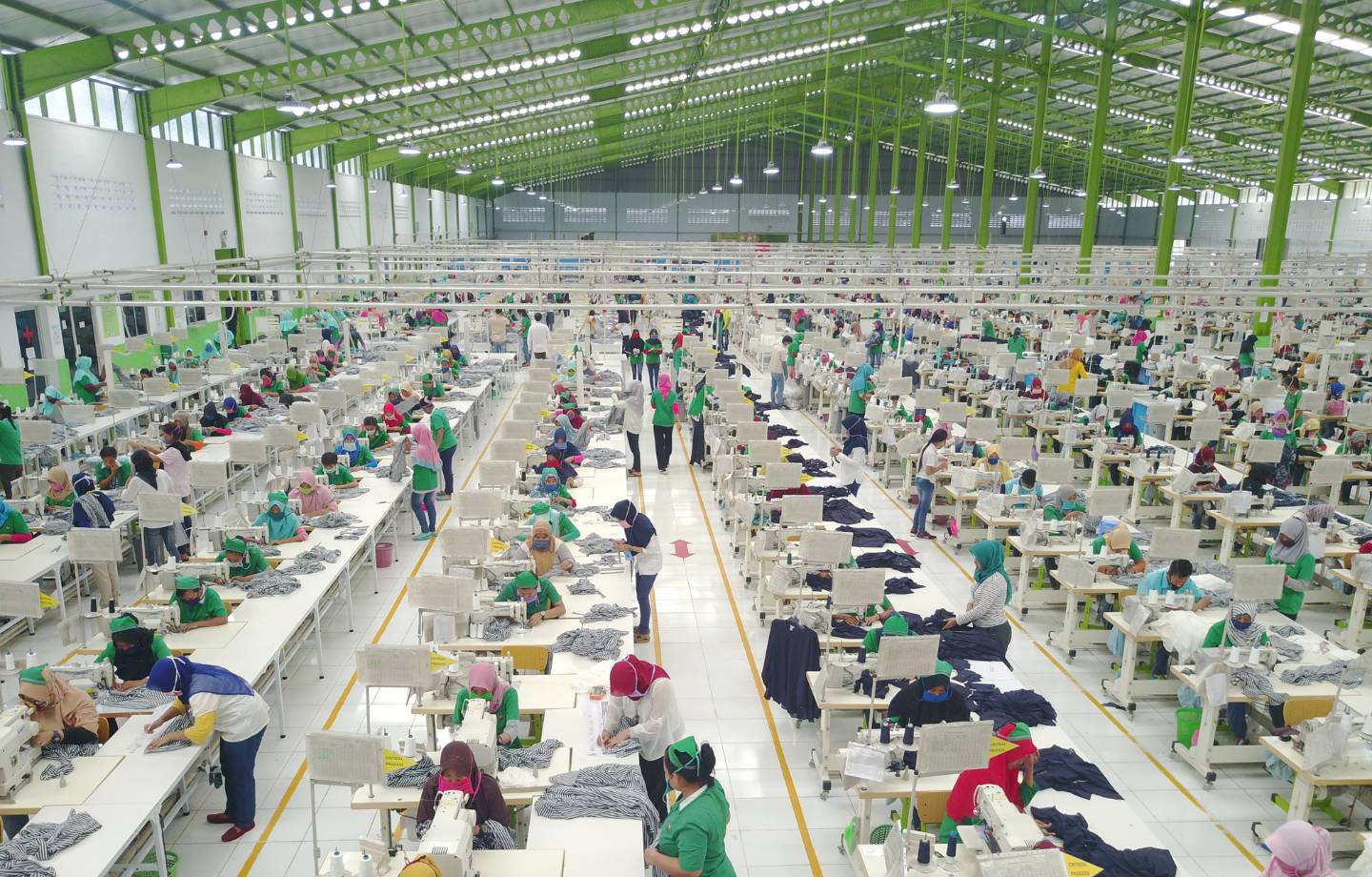Making the Bangladesh Garment Sector Safe and Sustainable: Setting the Future Agenda

June 29, 2017
The Ready-Made Garment Industry (RMG) in Bangladesh employs more than 5 million workers and accounts for 80% of the country’s export income. Today’s announcement of the three year extension of the Bangladesh Accord for Fire and Building Safety (“Accord”) is good news.
It extends the Accord’s collaborative arrangement until 2021, building on the important work that has been done already by more than 200 global brands, several leading unions and civil society organization to address factory safety issue. It also places emphasis to Freedom of Association and the important role workers’ empowerment will play in achieving sustainable results on workplace safety.
It also demonstrates that participating brands see value in a sector-wide collaboration to address safety concerns in Bangladesh’s garment factories and affirms their commitment to finishing the job. To date, the Accord and the Alliance for Bangladesh Workers Safety have inspected more than 2,300 factories and addressed 79% of the issues identified in those inspections. Still, the full remediation process has been completed in only 4% of factories, with expensive structural issues still to be addressed.

As members of the Accord develop plans for the next three years they should pay special attention to the following:
- Shared Responsibility for Structural and Infrastructure Repairs. The main obstacles to full remediation are costly infrastructure upgrades (according to International Finance Corporation estimates around $250,000 USD per factory). To push factories over the finish line, it will be important to provide accessible financing to factory owners so that they can invest more in structural upgrades. But the Accord members also need to consider a shared responsibility model that involves the Bangladesh government but also Western governments, international finance institutions as well as the global brands and retailers in sharing the costs of repairs and remedying pressing infrastructure weaknesses that have contributed to many workplace safety issues.
- Covering Subcontracting Factories. Neither the Accord nor the Alliance addressed the widespread challenges posed by thousands of subcontracting factories. According to a 2015 report and map produced by the NYU Stern Center for Business and Human Rights estimates there are approximately 7,000 export oriented RMG factories, meaning that almost half of the garment workers in Bangladesh are not covered by the Accord or Alliance inspections. Many of these factories have very serious safety issues that also need to be addressed.
- The Need for a Broader Governance Model The governance structure of the Accord does not now include two key stakeholders that are most critical for its sustainable implementation: local manufacturers and the Bangladesh government. This has been a source of conflict in the implementation of the inspection and remediation program. The Accord members need to find ways to to involve local manufacturers and the government of Bangladesh more closely in their work. The ownership of local manufacturers and support from the government may be the greatest challenge the Accord has to overcome.
Realizing and maintaining safe workplaces in Bangladesh will be impossible without considering these factors.
 Global Labor
Global Labor


